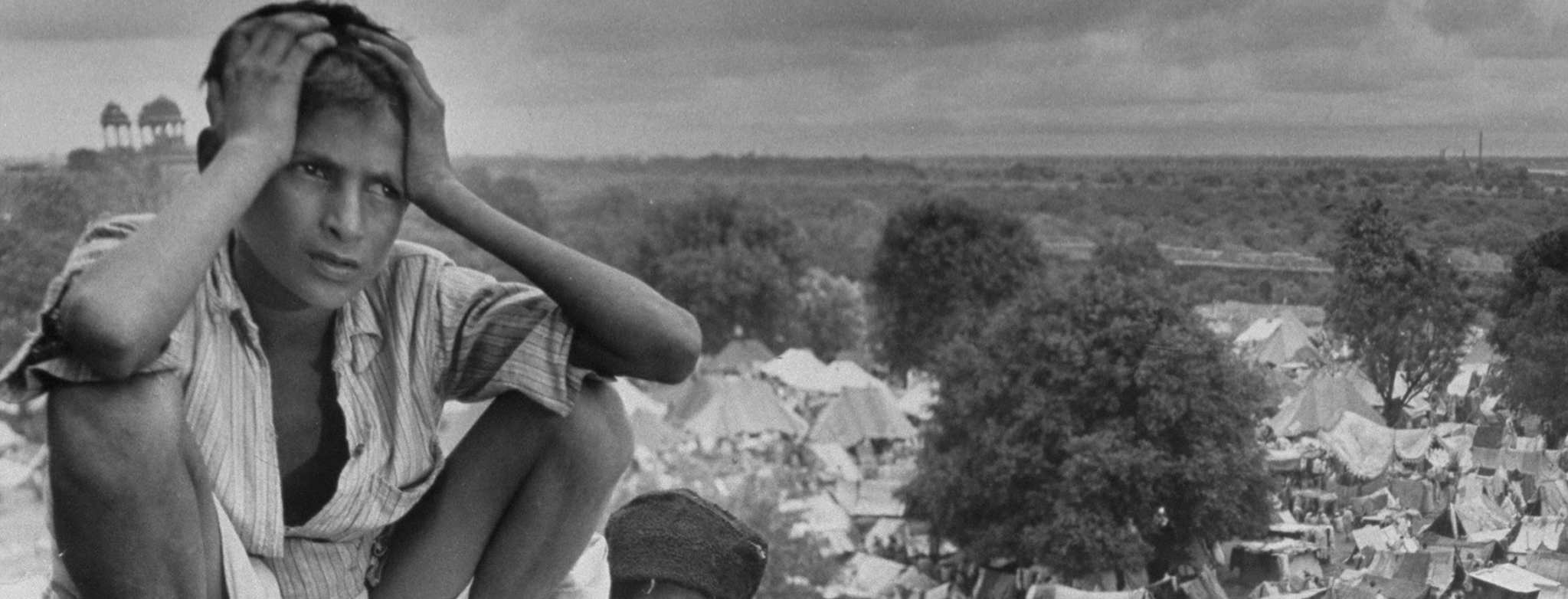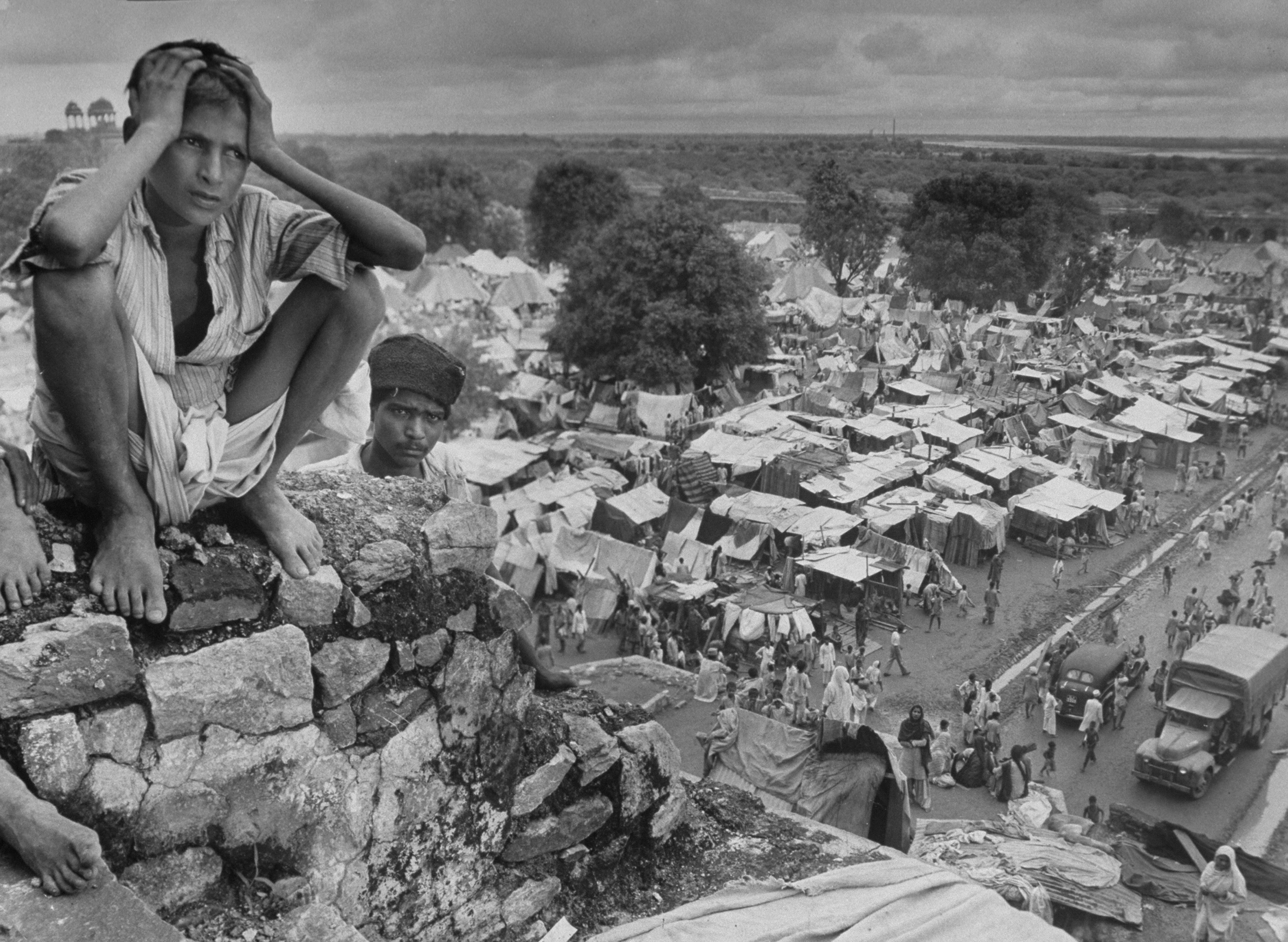Unruly Monuments: Disrupting the State at Delhi’s Islamic Architecture
Aditi Chandra
Global Arts, Media, and Writing Studies
UC Merced
This project examines how Delhi’s 12th-17th century Islamic architecture became modern monuments and were assimilated into the archive of public imaginary as touristic spaces during the colonial and early postcolonial eras. The author argues that physical modifications—including landscaping, performative displays, museums, and postcard stalls—transformed historical architecture into touristic monuments signifying authority and national glory. This process of becoming monument occurs simultaneously with activities that disrupt and reveal the violence of state authority, contributing to what the author calls the unbecoming of monuments. Non-elites transgress authority by breaking rules within monument precincts, occupying sites as non-tourist subjects and refusing to leave, unsettling the traveler’s experience, and objecting to land acquisitions. They destabilize hegemonic narratives of nation rather than providing a scaffolding for them. By examining how the monument has been physically claimed as a tool of authority while also being a place from where power is actively questioned, the project offers new perspectives on monuments as an ongoing flashpoint for diverse types of iconoclasms that both transform the site and also challenge those alterations. This study of monuments as unruly while the state tries to control their narrative, reveals the hypocrisy of the nation claiming inclusivity while excluding marginalized groups.


